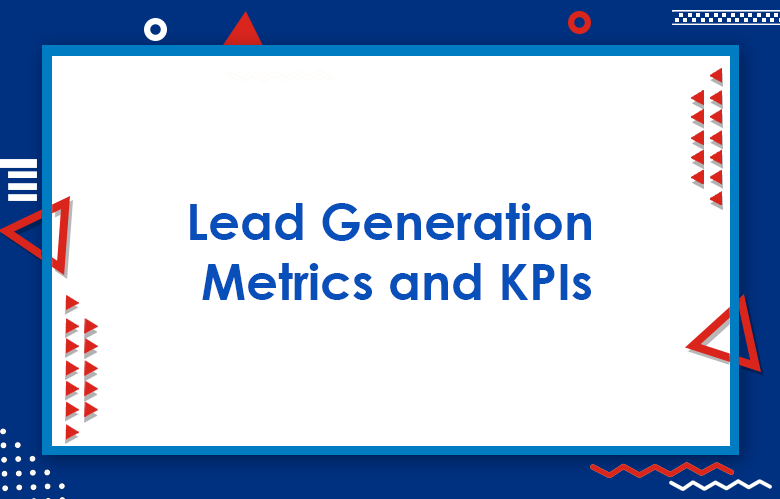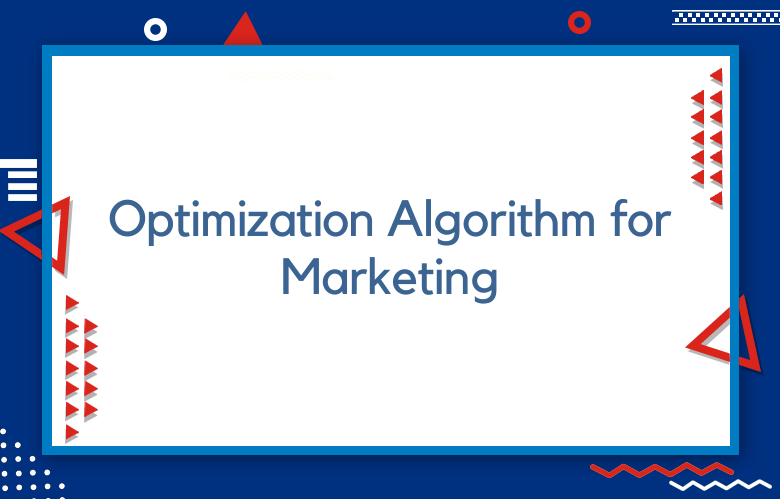Critical Lead Generation Metrics and KPIs You Need To Track

Lead Generation Metrics and KPIs: As we all know, getting to the doorstep of massive customers is the most challenging task for businesses. Also, finding the customers is insufficient to drive lasting sales as we are not sure they have potential.
Lead generation is the best strategy for helping business brands find authentic customers with well-formed decisions that improve their growth success rate. To be effective in executing lead generation strategies, one should know the significant metrics that keep them on the competitive edge.
Lead Generation Metrics and KPIs
Click-through rate:
This is the most crucial lead generation metric used to analyze the customers by understanding what best fits when attempting to impress the customers.
Conversion rate:
The conversion rate increment can improve revenue by lowering customer acquisition costs.
Conversion time:
Better understanding the customer requires excellent knowledge, which can be gained by tracking time, which can also enhance SEO efforts.
Return on investment:
The profit from your investment in your businesses by attaining the leads can be measured with the Return on Investment.
Cost per click:
The cost per click arrived when the PPC ad campaigns clicked on ad platforms like Google; then, the amount should be paid for each click.
Visitor spending time on page:
Analyzing your website’s content is significant, and a higher bounce rate will suggest that visitors are not spending much time on your website as they find it irrelevant. This is where the visitor’s time spent on the website is an essential metric.
Cost per lead:
The cost-effectiveness of the ad campaigns you launch can be measured with the help of cost per lead.
Rate of lead generation on each channel:
Social media marketing, email marketing, landing page, SEO, website optimization, and content marketing can be the most effective lead generation channels to find your potential leads.
Monthly channel goals:
Creating business operations that can also help with lead generation can impact the reviewing and control of digital marketing channels.
Website organic traffic:
The credibility added by the organic website traffic is a cost advantage while performing the business processes.
Return on ad spend:
This metric allows you to trace the dollars spent on your business campaigns by calculating the revenue that your business generates.
Potential customer acquisition cost:
The effective ways to attain potential customers across marketing and sales can be measured using the customer acquisition cost metric.
Lead quality and lead value:
Depending on the demographic and behavioral appearances, quality lead scoring can be obtained to help gather a clear picture of the marketing and sales interests of the leads.
New meetings:
Participating and hosting new meetings can offer a unique opportunity to gain and engage potential leads with active collaboration.
The lifetime value of customers:
The long-term and short-term business goals can be reached by measuring the customer’s lifetime value, which can determine the return on investment.
Platforms for attribution and leads:
The attribution value is the most influential metric for identifying the different marketing interactions that your business brand deals with.
Capture rate:
The capture rate is a factor that can help you estimate the number of website visitors you attract from whom you can gain potential leads.
Time to gain the first contact:
The first contact rate lets you provide a short waiting time to enable your internal team to tackle high-volume business tasks.
The ratio of website traffic to lead:
The ratio of website traffic to leads can let you know the number of website visitors becoming the leads, and this is the one that estimates the quality of your business website.
Audience engagement:
Executing audience engagement strategies is essential as they show interest in visiting the trusted website and signing up for the newsletter.
The total number of leads:
Lead generation can increase business sales, which can be measured using this metric.
Lead conversion rate sessions:
The conversion rate sessions can effectively understand your audience and make the conversions of finding leads by lowering the CPA.
Value of total leads:
The lead value evaluates how your business works by determining the sales value of your business products or services by acquiring potential leads.
Exit rate:
This lead generation metric can help estimate the total number of times a website visitor quits the business website.
Average session time:
The average session time can be defined as the time during which active and regular customer interactions take place on the business website.
The live chat acquisition cost of leads:
This is nothing but the cost spent on influencing your website visitors to become your potential leads. Primarily, the customer acquisition cost can be used to scale the exact value of each customer.
Chatbots for automating leads:
Launching surveys, conducting quizzes, etc., can be done using chatbots that let you find better engagement ideas while maintaining consistent customer support.
Social media reach:
Social media reach is another leading metric that measures the total number of active audiences on your content over the social media platforms that hold likes, shares, clicks, ad comments, etc.
Mobile search traffic:
Mobile search only acquires about 60% of search queries, depending on the search traffic and topic consumers will make. It is one of the trending lead generation metrics that we need to keep in mind.
Qualified lead through marketing and sales:
Likely to become customers can be attained from the sales-qualified leads considered by the sales team to get the contact details and find the sales. Marketing qualified leads are driven by content marketing and marketing strategies that boost your efforts to generate leads on each customer journey level.
Brand category and cost:
While nurturing the prospects from the starting stage to the conversion level, businesses need to understand the brand category they are dealing with.
Conclusion:
Including the right and relevant metrics in the business strategy can let you concentrate on the business objectives that show a significant impact on generating the factors that matter most.
Moreover, that can enable businesses to invest resources, time, energy, etc, also, brands can get a precise analysis of their business performance and what they need to improve.
Call: +91 9848321284
Email: [email protected]



